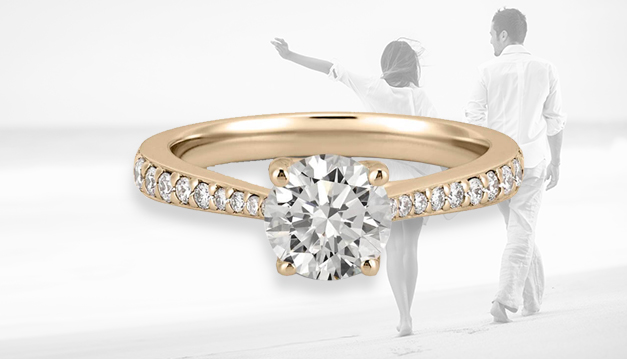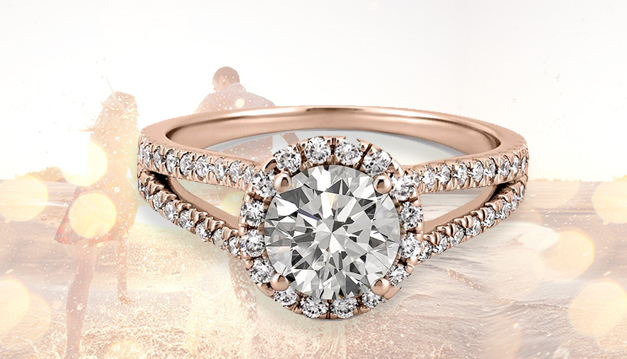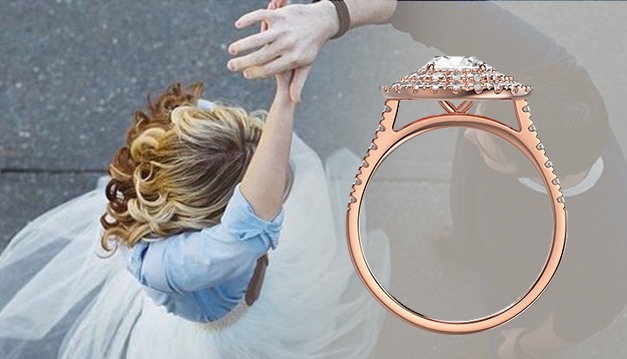The engagement ring’s shank is what supports your diamond center and makes it stand out.

The band, more formally known as the shank, consists of the bottom part of the diamond ring which wraps around the bride’s ring finger. The shank is usually made from fine 18K gold or platinum metal. The type and style of shank you select will always have a great impact on the overall look of your engagement ring. You can either decide to go with micro set diamonds to add more sparkle to your designer ring or keep the shank plain. Engagement rings are available in the following shank styles:

Straight shank:
If the band around the engagement ring has the same width as the base of the setting right to the back of the shank it will be referred to as a straight shank.

Tapered shank:
The width of the tapered shank becomes narrow once it gets closer to the ring’s setting. The tapered shank is especially popular amongst engagement ring designs such as the classic solitaire ring, where emphasis is placed on the center diamond.

Split-shank:
The sides next to the center diamond are open which gives the ring a sophisticatedand classic look.
A knife-edge shank:
This type of shank is known as the sharprectangular edge that comes together at the top point of the ring.

D shank:
The inclusion of the D-shank setting providesthe impression that the bottom part of the ring appears square and not round.

Traditional shank:
A standard shank is a classic circular profile most typically found in diamond band styles and engagement rings.
Reverse tapered shank:
The D-shank is formally referred to asthe European setting of rings. The ring’s band becomes wider toward the bottom.

Bypass or overlap shank:
The band on the side of the center stone bypass one another, giving the appearance of an overlap shank.